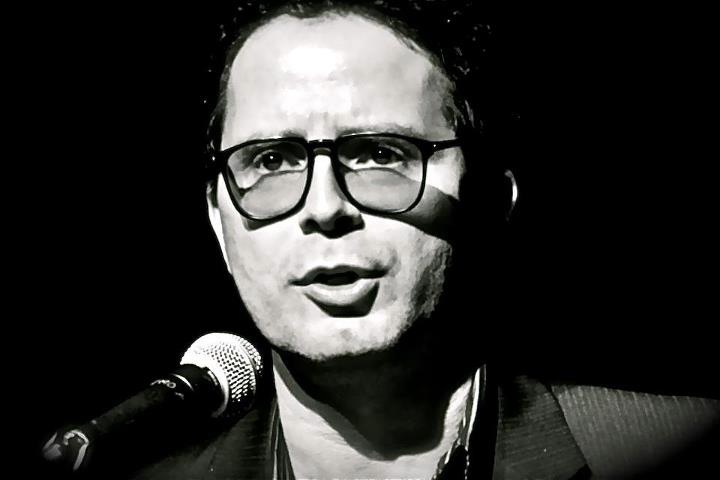 Manuel Quintin Lame: 41 Years Since His Death, His Legacy Remains Strong
Manuel Quintin Lame: 41 Years Since His Death, His Legacy Remains Strong
By Mario A. Murillo (Santander de Quilichao, Cauca)
“My position is to defend through legal means the indigenous territories…my labor I conduct with a grand public spirit…and my voice, tomorrow, will have a different tone, for it will be the voice of the silent lightning that scratches the darkened night sky over the western horizon.”
– Manuel Quintin Lame, from In Defense of My Race, Popayán,
October 7th marks the 41st anniversary of the death of one of the most important figures in the history of Latin America’s indigenous movements: Manuel Quintín Lame, the Nasa leader whose name still resonates on many levels throughout
Born on October 26,
Today, as
After learning how to read, Quintin Lame discovered the details about Law 89 of 1890, which was infamous for its racist and condescending approach to the country’s original inhabitants:
“The general legislation of the Republic would not apply to the savages while they are reduced to daily life through the (church) missions. The church is designated the task of ‘civilizer’ of the savages through education. As a consequence, the government, according to the eclestiastical authorities, will determine how these insipient societies should be governed.”
Despite this language, the law also recognized the collective land titles of the indigenous resguardos established during the colonial period. The provisions relating to collective land titles that could not be surrendered to private holdings, as well as the relative autonomy that was established within indigenous territories as a result of the cabildo structure, turned out to be the basis of the primary demands of the indigenous population throughout the 20th Century, and provided a legal foundation for the contemporary movement that surged in Cauca in the 1970s.
By 1914, he began campaigning between Popayán and Bogotá to have indigenous lands returned through the collection of official land titles. Once he realized that the recuperation of lands through legal means was not going to work, he organized a broad based uprising of the indigenous communities in Tierradentro, where the people suddenly refused to pay their leases to the large landowners, made up of the political class of
These forces carried out a massive wave of repression against the Quintinada, as the uprising was called, and directly persecuted its leader. As a result, Quintin Lame spent a good part of his adult life in prison, having been jailed almost 200 times, for a total of 18 years, seven months and 21 days, according to his own account in his book En Defensa de Mi Raza. In subsequent years, he moved on to other departments to carry on the fight, including Tolima and Huila.
He died on October 7,
The National Indigenous Organization of Colombia has proclaimed October the month to reclaim their collective rights. They are linking it directly with other struggles throughout the country, including that of the Sugar Cane Workers, now in their fourth week of a major strike in the south of the country. While the government of President Alvaro Uribe accuses the cane workers of being manipulated by “dark forces,” meaning guerillas of the FARC, the indigenous movement reminds us that the tactics of diversion and mis-information, have been part of the government’s approach to dealing with social protest since the earliest days of the Qunitinada.

4 comments:
Mario, No se si esta sera la mejor manera de contactarte, no encuentro otra direccion de correo.
Quiero aplicar a una beca del Ministerio de Cultura para crear
"El Retorno del Condor" sobre la vigencia de la figura de Quintin Lame.
El problema es que estoy en NYC y queda muy poco tiempo para escribir el proyecto. Necesito un tutor en Colombia para este proyecto.
Quisiera me recomendaras a alguien en Colombia para tutoriar este proyecto, el plazo es abril, pero hay que enviarlo por correo regular y toma como 15 dias.
Creo que tu viste la obra que creamos con Tiokasin aqui en NYC, voy a estrenar "The return of the Jaguar en NYC este otono y "El retorno del Condor" es mi sueno de enfocarme en la politica indigenista de Colombia.
kobe sneakers
yeezy boost 350 v2
yeezy shoes
curry 6 shoes
air max 270
balenciaga
reebok outlet
air max 270
yeezy
louboutin
yeezys
coach outlet
yeezy
supreme hoodie
kyrie 3
cheap jordans
calvin klein outlet
converse outlet
jordan sneakers
christian louboutin outlet
Post a Comment